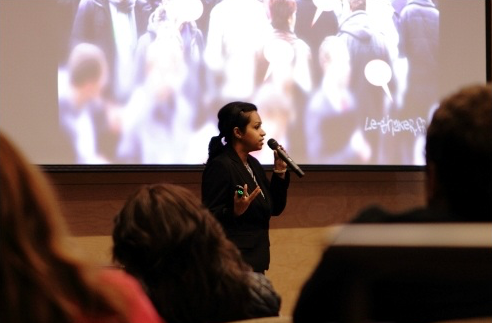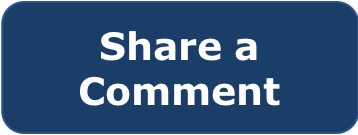
Gendered Barriers in Academia: From Discrimination to Invisible Bias
By Karen McDonald
Needless to say, I was appalled when I heard of the recent allegations that a prominent medical school in Japan, Tokyo Medical University, systematically manipulated admissions test scores to disadvantage women candidates, resulting in a decrease in the percentage of women in the entering medical school class from 38% in 2010 to only 18% this year.

In addition to being a prestigious, high paying career, medicine, like many STEM disciplines, is a field that needs more women, in research, clinical practice, and leadership. Why would any medical school deliberately restrict access? One reason that has been reported in the news is that “many female students who graduate end up leaving medical practice to give birth and raise children”, and reducing the percentage of women in medical school might be one way to “resolve the doctor shortage” (1).
This seems to me to be an extreme example of “throwing the baby out with the bathwater” rather than addressing the real underlying problems, although numerous and complex, that result in women leaving a profession that they worked very hard for many years to enter.
This report also made me think about other less overt barriers, perhaps unintended, that women often face when pursuing an academic STEM career. One of the most important “tests” that a faculty candidate faces after making the short-list for a faculty position is her/his research presentation during the interview process, including the ability of the candidate to answer questions during and after the presentation.
Sometimes questions are for clarification, and in other cases, they can be more challenging or adversarial. Don’t get me wrong, I think questions are an important part of the presentation and show that the audience is engaged and interested (the worst case is actually having no questions during a presentation). But questioning can also be overdone, frustrating for the candidate (as well as others in the audience who would like the talk to move on), and preventing the candidate from covering all of the material they intended to cover.

I recently attended a research “job talk” by an engineering faculty candidate in which she fielded 29 questions during her presentation which was scheduled for 50 minutes. As a result of being inundated with questions, she was not able to finish her presentation within the allotted time. As students and faculty slowly drifted out to other classes, she continued beyond the allotted time with no time left at the end for the general Q & A.
I also attended a research talk by a male faculty candidate who had only 11 questions during his presentation. This is not a one-off observation. A recent study from UC San Diego analyzed over 100 engineering research “job talks” and found that women faculty candidates, on average, get about six more questions during their presentation and that more presentation time is taken up by audience questions, compared to male faculty candidates; they refer to this as “almost invisible bias” (2).
So what can be done to ensure a lively and interactive seminar as well as comparable experiences?
- I’d suggest that implicit bias training for faculty specifically addresses this issue and that it be discussed at a faculty meeting before the interviews begin.
- The moderator should lay out the ground rules for the presentation, beginning with the time allotted for the presentation and the following Q & A period, and should be responsible for keeping track of time taken up with questions relative to the candidate’s progression through their presentation. He/she should step in to ask people to hold their questions (except for clarification questions) for the Q & A period as needed. The moderator should also let the candidate know that they should feel free to ask that questions be held until the end, if needed, in order to finish their presentation.
- Faculty should point out to the search committee chair if they observe an excessive or distinct negative tone in questioning, and bring up these observations in discussions of the candidates.
- Candidates should make sure they include question/response time in timing their presentation with a plan to either elaborate or speed up as needed.
Ultimately, a fulfilling research presentation experience will not only allow a more complete picture of the candidate’s knowledge and accomplishments but will also improve the candidate’s assessment of the department, leading to more successful recruitment efforts.
References:
O. Dyer, Tokyo medical school investigates claims that it rigged exam results to turn women away, BMJ, 362 (2018).
M. Blair-Loy, L. Rogers, D. Glaser, Y. Wong, D. Abraham, P. Cosman, Gender in Engineering Departments: Are There Gender Differences in Interruptions of Academic Job Talks?, Social Sciences, 6 (2017) 29.
--------------
The Blog has an Editorial Board responsible for the quality of information and content development.
